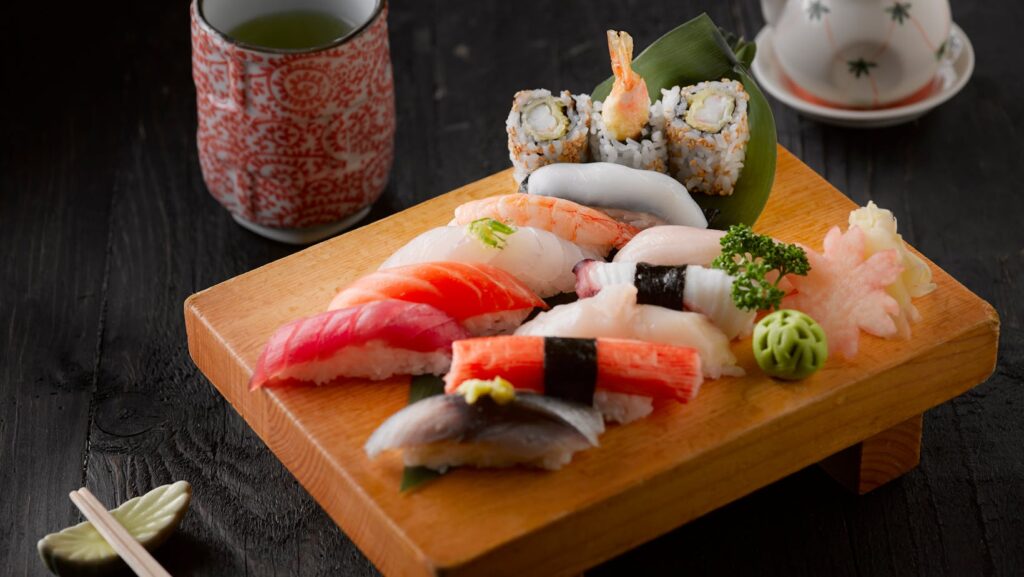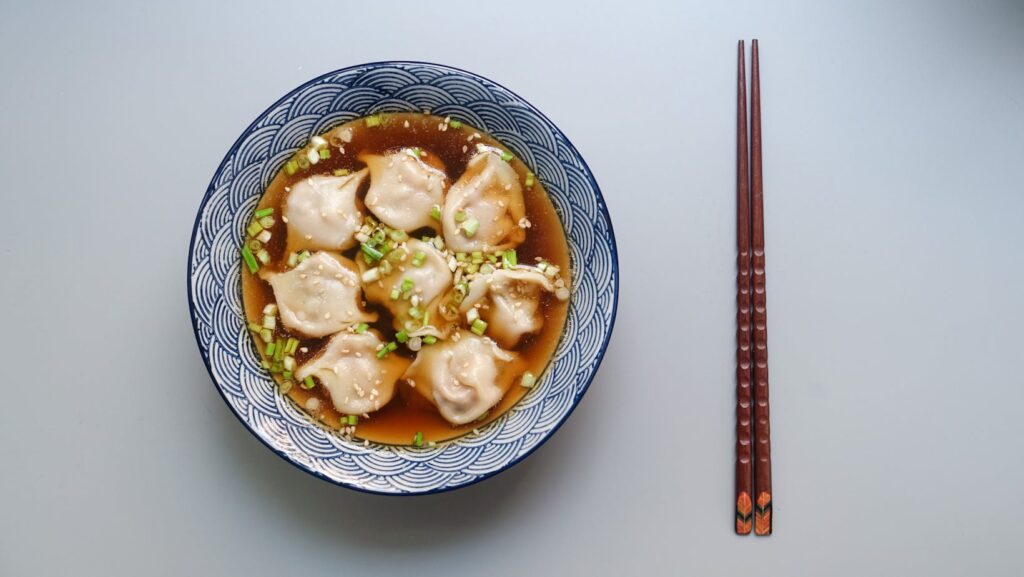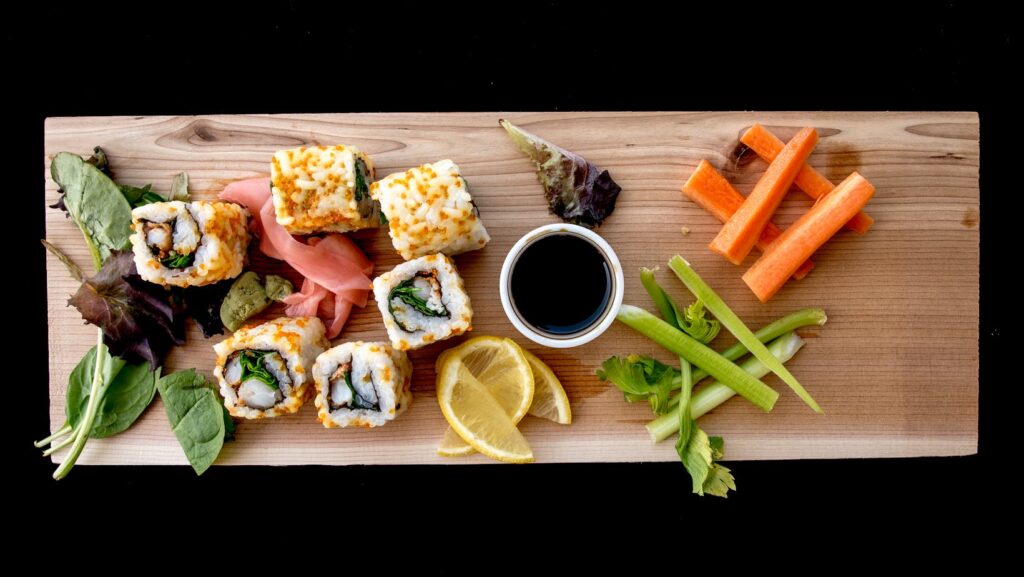Ever wondered why Japanese cuisine is so distinctive, flavorful, and healthy? It’s all in the techniques! Japanese cooking methods are steeped in tradition, yet surprisingly simple once you get the hang of them.
Whether you’re a seasoned chef or an adventurous home cook, diving into these techniques can take your culinary skills to new heights. From mastering the art of sushi rolling to perfecting the delicate balance of a miso soup, there’s a world of flavors waiting for you.
Japanese Cooking Techniques
Possessing flavor profiles rich yet balanced and procedures steeped in tradition, Japanese cooking techniques offer uncharted territories of culinary discovery. Brace yourself to embark on this journey, where we’ll unlock the secrets of Japanese cuisine, starting with Umami, the fifth taste, and exploring key concepts like simplicity and seasonality. It’s time to delve into the fascinating world of Japanese cooking techniques.
Understanding Umami: The Fifth Taste
Expanding your taste capacity beyond the known four, sweet, sour, bitter and salty, Japanese cuisine brings you Umami. Often described as savoury, Umami’s origin lies in Japan, a term translating to “pleasant savory taste.” It’s a result of a naturally occurring chemical called glutamate, added purposely with ingredients such as soy sauce, mushrooms, and seaweed. For instance, Miso paste, a vital ingredient in many Japanese dishes like Miso soup, Rāmen, Miso Katsu packs a punch of Umami flavor. Unravel Umami and experience dining delight like none other.

The Role of Simplicity and Seasonality
Japanese cooking doesn’t believe in complexity. Instead, it prizes simplicity—using minimal ingredients to produce maximum flavor. Japanese chefs often use just one type of vegetable or meat in a dish, allowing the ingredient’s natural flavor to shine. For example, a Sashimi platter uses only high-quality raw fish, served without any embellishments, exuding the true freshness of the produce.
In addition, seasonality plays a vital role in Japanese cuisine. Japanese chefs choose ingredients that are at their peak, keeping in sync with the cycles of nature. By doing so, they ensure that the fruit, vegetable, or seafood used in the dish offers maximum flavor and nutrition. Think about the Sakura Mochi, a popular dish enjoyed during the Hanami, the Cherry Blossom viewing festival. This focus on seasonality further emphasizes the dynamic, ever-changing beauty and flavor in Japanese cuisine. This exploration into simplicity and seasonality in Japanese cooking techniques proves it’s an art form, creating symphony in every bite.
Popular Cooking Styles in Japanese Cuisine
Delving deeper into Japanese culinary practices, it’s important to explore specific cooking styles that stand out for their versatility and flavor profiles. Below, you’ll find two techniques – Tempura and Teppanyaki, that you may want to experiment with on your culinary journey through Japan.
Tempura: The Art of Deep-Frying
Tempura offers a prime example of the Japanese knack for delicate, refined frying. Ingredients – typically vegetables or seafood (like shrimp and squid) – receive a light dusting of flour before plunging into a translucent batter, composed predominantly of cold water and soft wheat flour. They’re then deep-fried in Sesame or Canola oil, resulting in pieces that are impressively light, crispy, and remarkably grease-free. The final product, served with a flavorful dipping sauce (Tentsuyu) often spiked with grated radish (Daikon), truly encapsulates the art of Japanese deep frying.

Teppanyaki: Iron Plate Cooking
Striking a stark contrast to Tempura, Teppanyaki represents a cooking technique growing in popularity for its entertaining and interactive dining experience. Here, a flat iron griddle or ‘Teppan’ forms the centerpiece, ensuring high-temperature, uniformed cooking. Though any variety of meats and vegetables may take the center stage, top-grade beef like Wagyu and Kobe are prime choices. As you observe the chef’s deft maneuvers to chop, flip, and grill the ingredients right before your eyes, the interplay of skill, style, and culinary expertise truly shines through in Teppanyaki.
Master the Art of Japanese Cuisine
Now, with a well-equipped kitchen and your passion, you’re ready to master the art of Japanese cuisine. It’s not just about cooking; it’s about embracing a tradition that values simplicity, taste, and the beauty of each season. With these insights, you’re well on your way to creating your own culinary masterpieces, steeped in the rich heritage of Japan.
